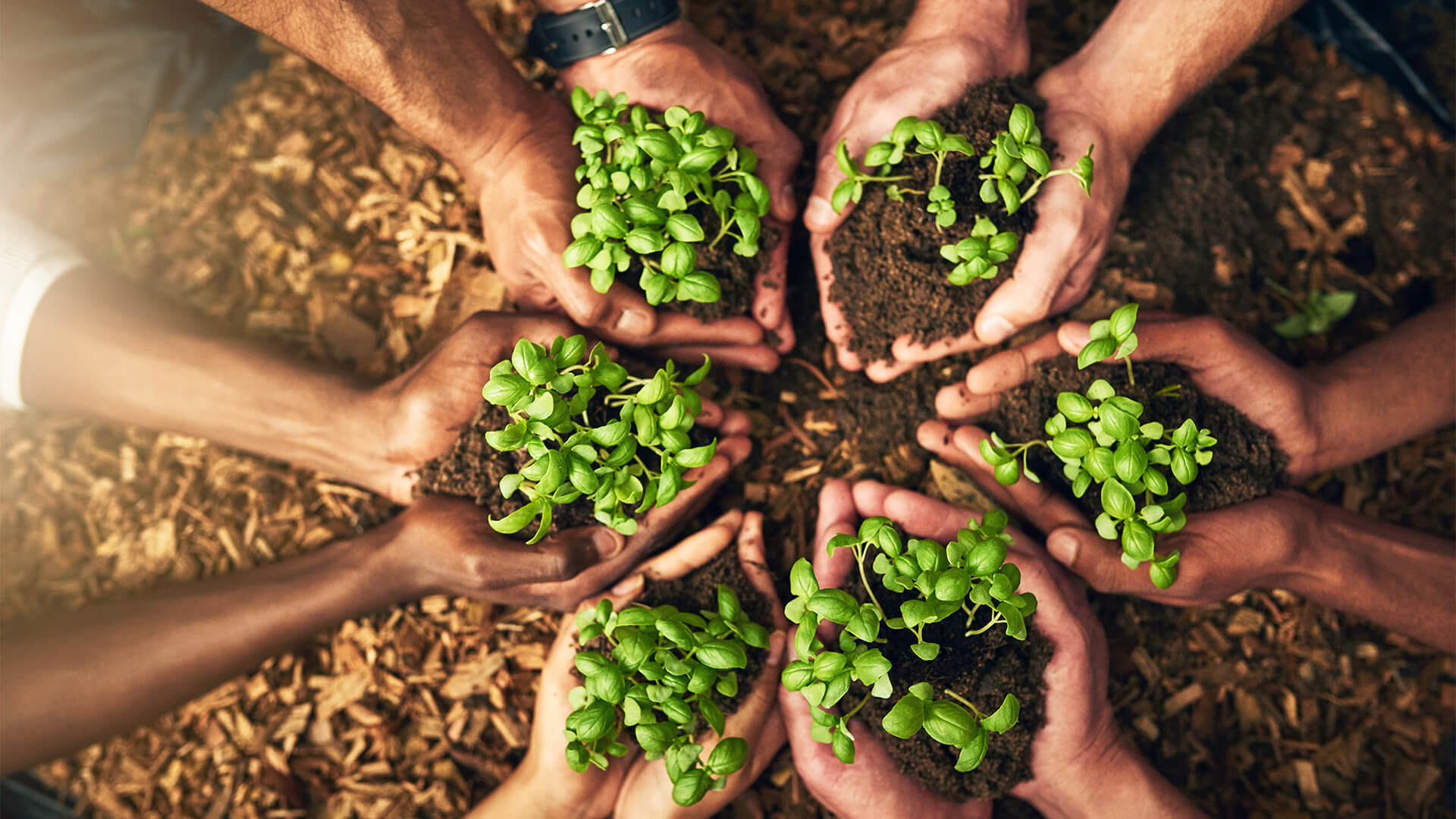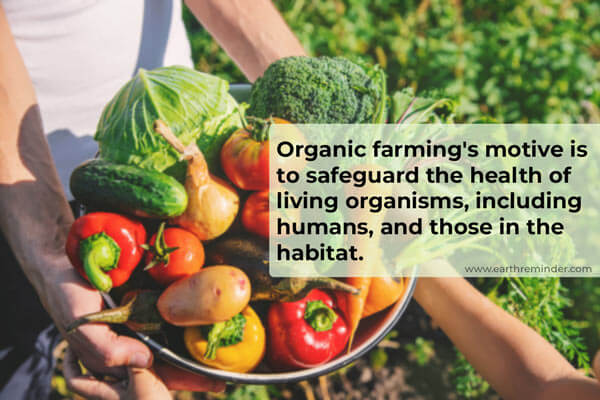How to Start Sustainable Gardening: A Comprehensive Guide for Beginners

Are you ready to embark on a journey that not only beautifies your surroundings but also nurtures the environment? Welcome to the world of sustainable gardening! Whether you're a seasoned green thumb or a beginner eager to dive into eco-friendly gardening, this guide will equip you with the essential knowledge and practical tips to create a thriving, sustainable garden. Let's dive in!
Understanding Sustainable Gardening
Sustainable gardening is more than just a trend; it's a philosophy that aims to create a harmonious balance between nature and human intervention. By adopting organic practices and eco-friendly techniques, you can cultivate a garden that is not only beautiful but also beneficial to the environment.
What is Sustainable Gardening?
Sustainable gardening is about creating a garden that thrives without depleting natural resources. It involves using organic practices, conserving water, and promoting biodiversity. Think of it as a partnership with nature, where every decision you make contributes to a healthier ecosystem.
Why Choose Sustainable Gardening?
Choosing sustainable gardening practices has numerous benefits. It reduces your carbon footprint, supports local wildlife, and promotes healthier soil. Plus, it's a rewarding hobby that connects you with nature and provides a sense of accomplishment.
Getting Started with Sustainable Gardening
Now that you understand the basics, let's get started with some practical steps to create your sustainable garden.
Planning Your Garden
Before you dive into planting, it's crucial to plan your garden. Consider the size of your space, the type of plants you want to grow, and the climate in your region. A well-thought-out plan will save you time and resources in the long run.
Choosing the Right Plants
Selecting the right plants is key to a successful garden. Opt for native plants that are adapted to your local climate and require less water and care. Native plants also support local wildlife and promote biodiversity.
Designing Your Garden Layout
Design your garden layout with sustainability in mind. Group plants with similar water and light requirements together. This not only saves water but also creates a visually appealing garden.
Preparing Your Soil
Healthy soil is the foundation of a thriving garden. Before planting, test your soil to understand its composition and nutrient levels. Adding organic matter, such as compost, can improve soil structure and fertility.
Composting 101
Composting is a fundamental practice in sustainable gardening. It turns organic waste into nutrient-rich soil amendments. Start a compost pile with kitchen scraps, yard waste, and other organic materials. Over time, these materials will break down into compost, which you can use to enrich your garden soil.
Implementing Eco-Friendly Gardening Practices
Once your garden is planned and your soil is prepared, it's time to implement eco-friendly gardening practices.
Water Conservation
Water is a precious resource, and sustainable gardening aims to conserve it. Install a rain barrel to collect rainwater for your plants. Use drip irrigation systems to deliver water directly to the roots, reducing evaporation and waste.
Mulching for Moisture Retention
Mulching is an excellent way to retain moisture in the soil. Apply a layer of organic mulch, such as wood chips or straw, around your plants. Mulch not only conserves water but also suppresses weeds and regulates soil temperature.
Organic Pest Control
Pests can be a challenge in any garden, but sustainable gardening practices focus on organic pest control methods. Use beneficial insects, such as ladybugs and praying mantises, to naturally control pests. Companion planting, where certain plants are grown together to deter pests, is another effective strategy.
Natural Pesticides
If you must use pesticides, opt for natural alternatives. Neem oil, diatomaceous earth, and soap sprays are effective and eco-friendly options. Always follow the instructions carefully to ensure the safety of your plants and the environment.
Maintaining Your Sustainable Garden
Maintaining a sustainable garden requires ongoing care and attention. Here are some tips to keep your garden thriving.
Regular Maintenance
Regular maintenance is key to a healthy garden. Prune your plants to encourage growth and remove dead or diseased foliage. Weed regularly to prevent competition for nutrients and water.
Rotating Crops
If you're growing vegetables, practice crop rotation to maintain soil health. Rotating crops helps prevent soil depletion and reduces the risk of pests and diseases.
Monitoring Soil Health
Monitor your soil health regularly. Test the pH and nutrient levels to ensure your plants are getting what they need. Add organic matter as needed to maintain soil fertility.
Conclusion
Sustainable gardening is a rewarding journey that connects you with nature and promotes a healthier environment. By adopting eco-friendly gardening practices, you can create a beautiful and thriving garden that benefits both you and the planet. Remember, every small step towards sustainability makes a difference. So, grab your gardening gloves and let's get started!
FAQs
What are the benefits of sustainable gardening? Sustainable gardening reduces your carbon footprint, supports local wildlife, promotes healthier soil, and is a rewarding hobby that connects you with nature.
How do I choose the right plants for my sustainable garden? Opt for native plants that are adapted to your local climate and require less water and care. Native plants also support local wildlife and promote biodiversity.
What is composting, and why is it important in sustainable gardening? Composting is the process of turning organic waste into nutrient-rich soil amendments. It improves soil structure and fertility, making it a fundamental practice in sustainable gardening.
How can I conserve water in my garden? Install a rain barrel to collect rainwater, use drip irrigation systems, and apply organic mulch to retain moisture in the soil.
What are some natural pest control methods? Use beneficial insects, practice companion planting, and opt for natural pesticides like neem oil, diatomaceous earth, and soap sprays.


0 Response to "How to Start Sustainable Gardening: A Comprehensive Guide for Beginners"
Post a Comment